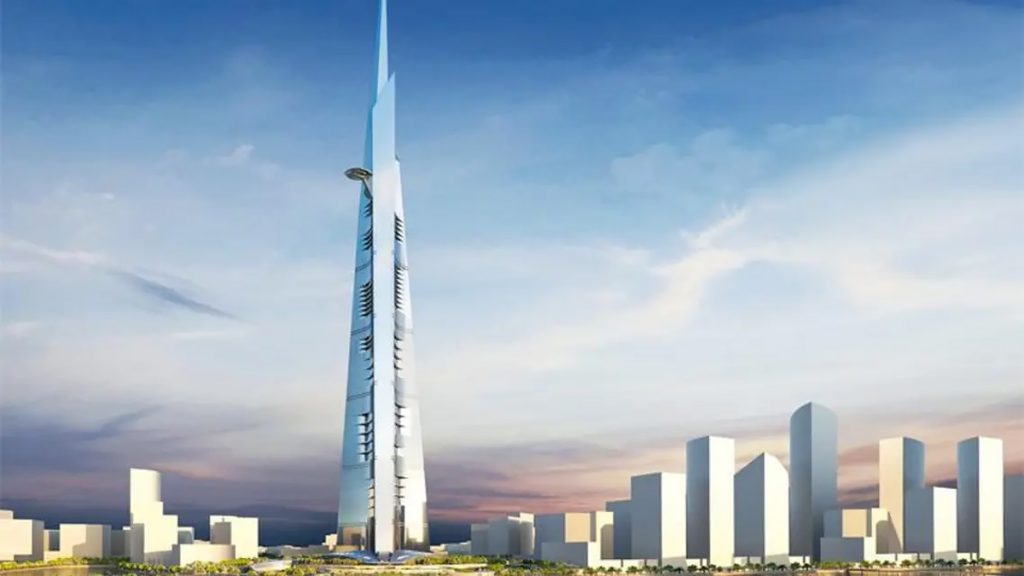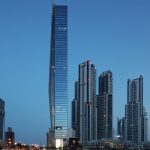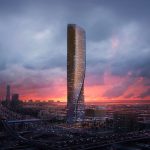Over 1,000 meters with a total construction area of 530,000 sqm Adrian Smith + Gordon Gill Architecture are currently in design development phase for Kingdom Tower. Slated to surpass Burj Khalifa by 173 meters (coincidently which Adrian Smith also designed while at Skidmore, Owings & Merrill) Kingdom Tower is the centerpiece of the $20 billion dollar Kingdom City Development, with the tower itself expected to cost $1.2 billion dollars. Featuring a luxury hotel, office space, serviced apartments, luxury condominiums and the world’s highest observatory the tower’s foundation drawings are complete with the piling currently being tendered.
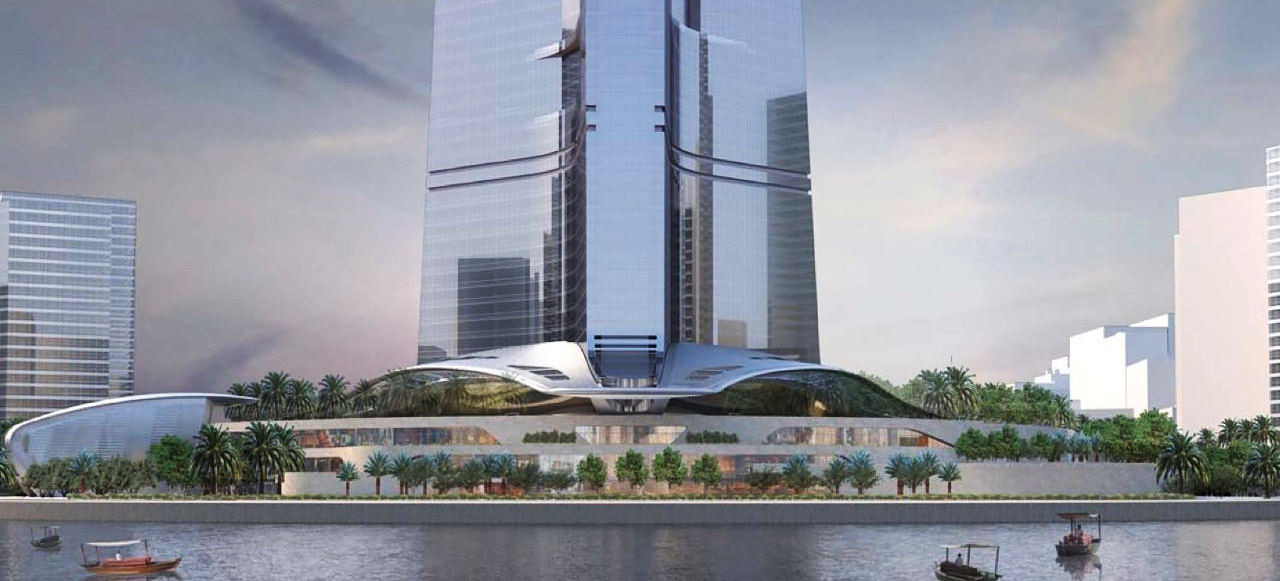
The world economy has endured a series of crises over the past century, and architecture has recently been recognized as a harbinger of these crises. Two years ago, British finance group Barclays released an index of skyscraper construction projects that correlate with the occurrence of economic downturns since 1873. Many of the tallest buildings in the world have been built at times of severe economic struggle, the most recent being Dubai’s Burj Khalifa, built during the Great Recession of 2007 through 2010. According to Barclays, “the world’s tallest buildings are simply the edifice of a broader skyscraper building boom, reflecting a widespread misallocation of capital and an impending economic correction.”
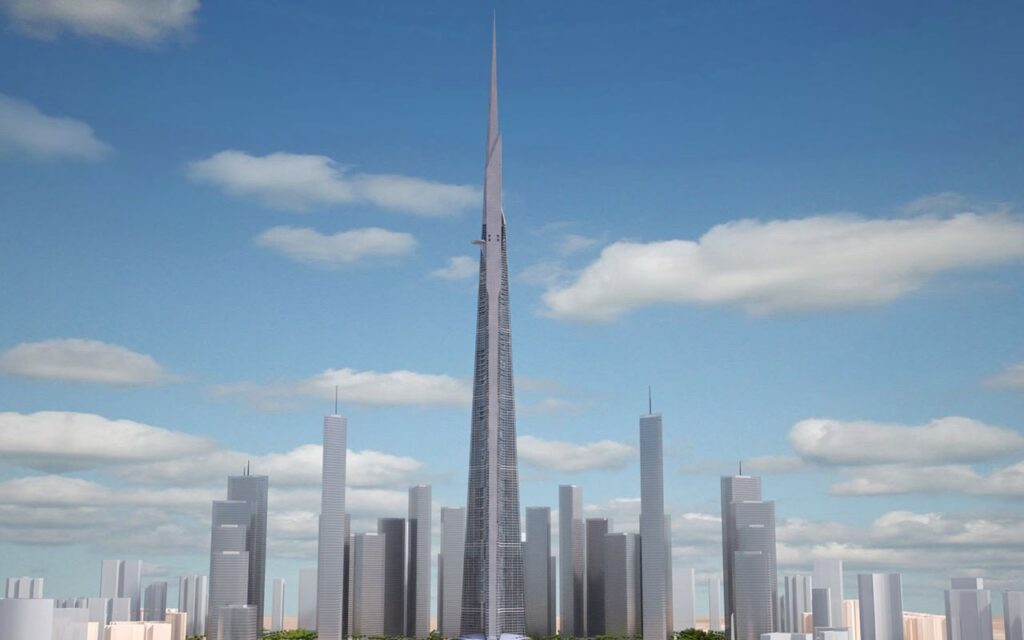
Ever expanding population growth coupled with the continuous development of urban centres mean that buildings, in general, will continue to get taller. With the topping out of One World Trade Centre in May this year the worldwide competition to construct towers with soaring altitudes doesn’t seem to be slowing, especially in China and the UAE. The question on many people’s lips, however, is how much of these colossal buildings is actual usable space?
The Council on Tall Buildings and Urban Habitat (CTBUH), who recently named the Best Tall Buildings for 2013, has published an article tackling the concept of Vanity Height, or “the distance between a skyscraper’s highest occupiable floor and its architectural top.” The results demonstrate that many super-skyscrapers have surprisingly uneven ratios between habitable and non-occupiable space.
The CTBUH Height Criteria defines a building as supertall if its height to the ‘architectural top’ is above 300m (984ft). To give some context, the Empire State Building is measured at 373m (1224ft), whereas buildings such as Dubai’s Burj Khalifa, which is measured at 828m (2717ft), are leading the way into the Era of the Megatall. According to the CTBUH, as of July 2013, there are only 73 supertall and 2 megatall buildings in existence.
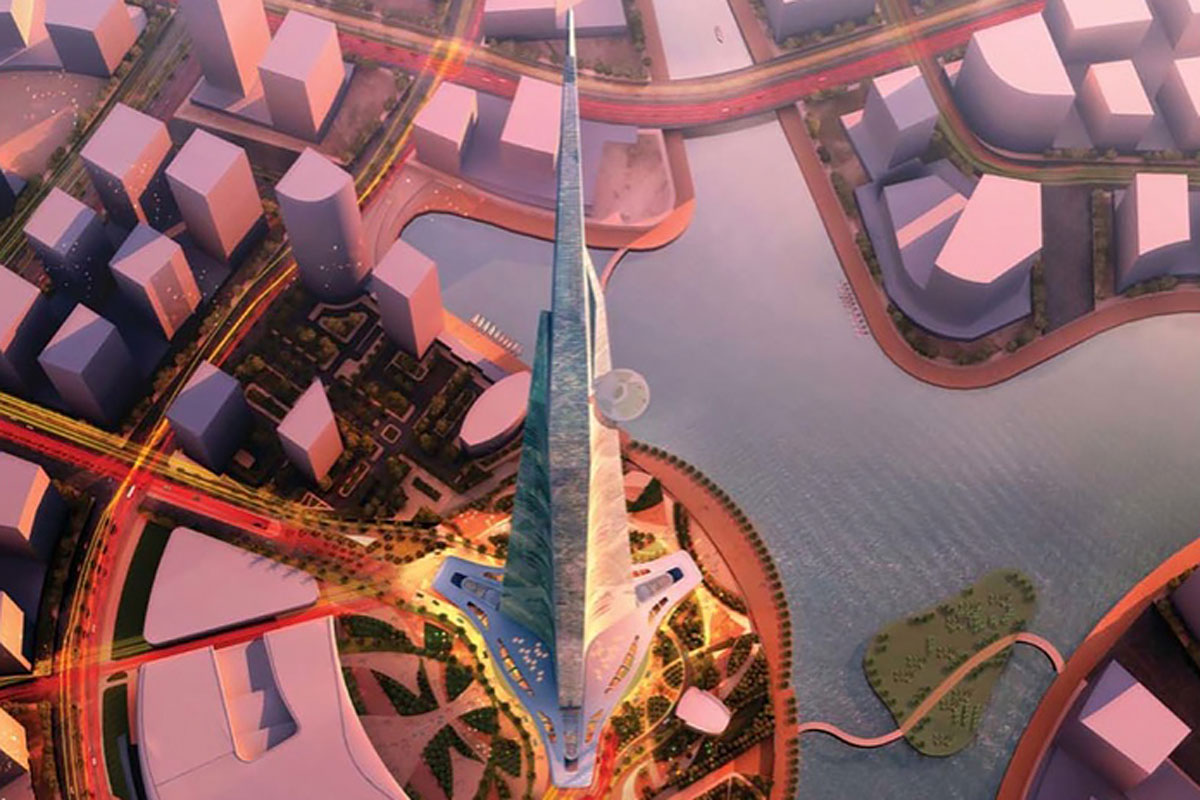
Although we’re yet to see a building hit the 1000m mark, Emporis have compiled a list of the top ten tallest skyscrapers currently under construction. Three of the tallest in the collection are being built in China, whilst two others (including the Kingdom Tower which is set to hit the 1000m mark, and the Makkah Clock Royal Tower) are in Saudi Arabia. Whether Vanity Height ratios will grow as buildings around the globe compete to be the tallest will be something to watch.
ArchDaily
Written by Kelly Minner
https://www.archdaily.com/155788/worlds-tallest-building
Written by James Taylor-Foster
https://www.archdaily.com/425730/vanity-height-how-much-of-a-skyscraper-is-usable-space

